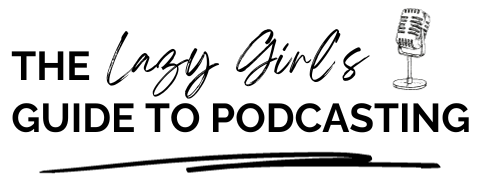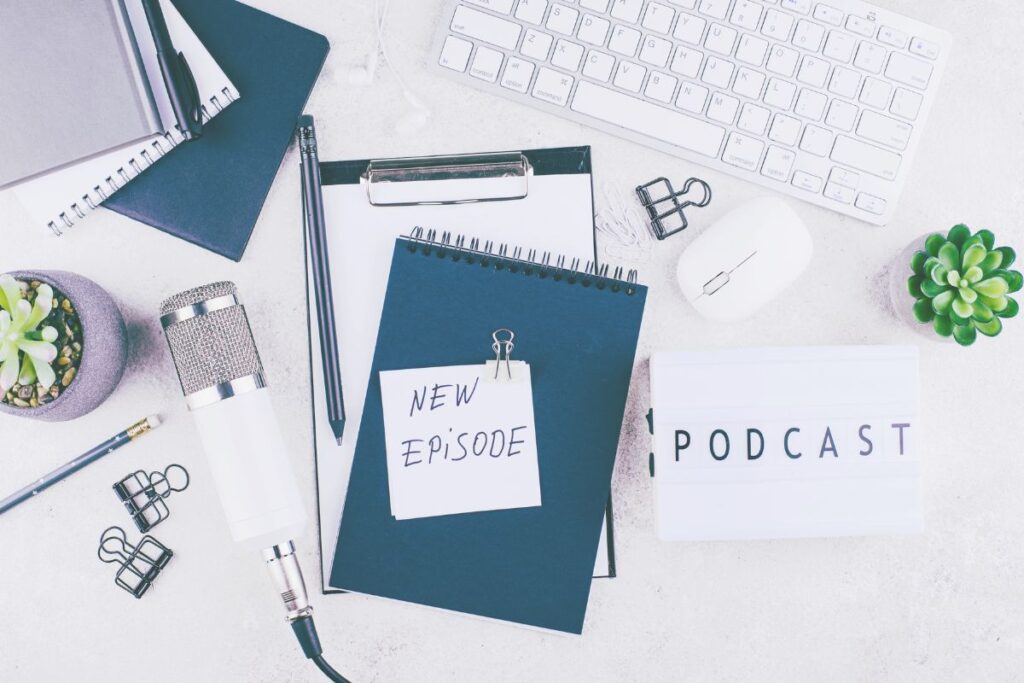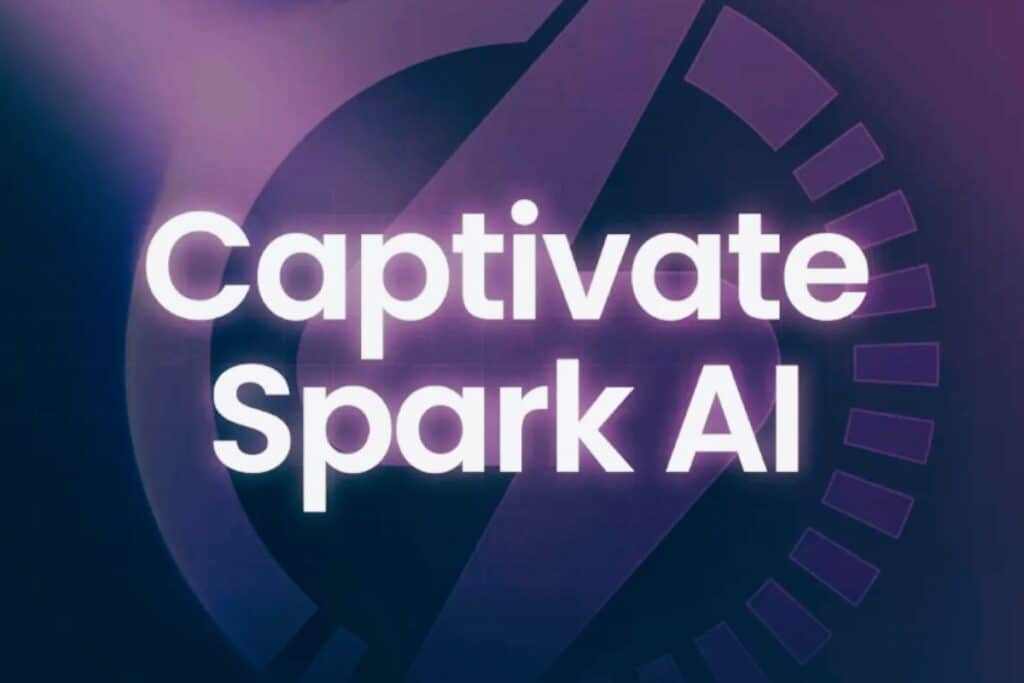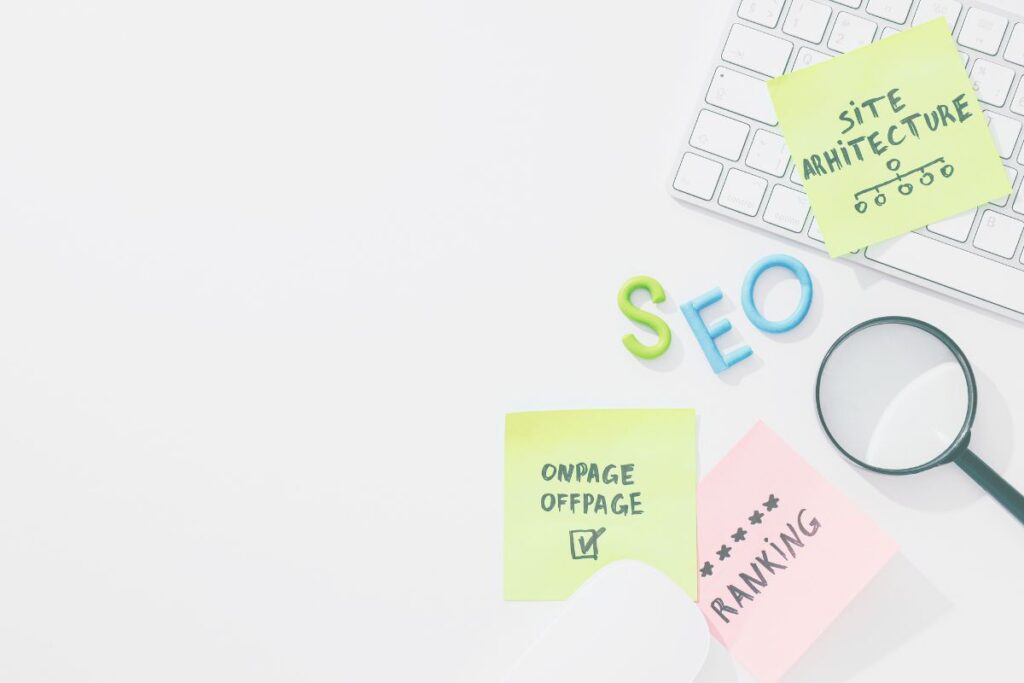If you’re a podcaster looking to reach a wider audience, uploading your content to Spotify is a smart move.
Why? Well, with millions of active users, the platform offers a great opportunity to grow your listener base.
Before we dive in, let’s look a little more at the podcasting stats for Spotify:
- As of May 2023, it is estimated that there are between 4 and 5 million podcast titles on Spotify
- Approximately 21% of podcast listeners use Spotify to listen to podcasts. This puts it as the second most popular podcast directory, behind only Apple Podcasts
- Podcasts on Spotify reach over 30 million listeners per month
- Spotify has over 515 million users across over 180 markets
In this guide, we’ll walk you through the steps to upload your podcast to Spotify and start reaching more listeners.
Note; this post is for getting your podcast on Spotify. Here’s a post if you want to get your podcast on Apple Podcasts.
Create a Spotify account and sign up for Spotify for Podcasters
First off, we need to start with your podcast hosting platform. Our preferred hosting platform is Buzzsprout. Once signed up, you will be able to click on ‘Directories’ and from there you can click on ‘Spotify.’
The next step to getting your podcast on Spotify is to create a Spotify account if you don’t already have one.
Once you have an account, you’ll need to sign up for Spotify for Podcasters, which is a free platform that allows you to manage and track your podcast on Spotify.
To sign up, simply go to the Spotify for Podcasters website and follow the prompts to create your account. It’s a quick process that will take less than 5 minutes to complete and will require you to verify your email address.
Once you’ve completed the sign-up process, you’ll be able to access the Spotify for Podcasters dashboard, where you can manage your podcast and track your performance on the platform.
Submit your podcast to Spotify
After creating your Spotify for Podcasters account, it’s time to submit your podcast to Spotify.
To do this, you’ll need to provide your podcast’s RSS feed URL. An RSS feed is essentially a web address that contains all of your podcast’s episodes and information.
Go back to Buzzsprout (or your alternative podcast host) and locate your RSS feed URL.
Once you have your RSS feed URL, simply go to the ‘Submit Your Podcast’ section of the Spotify for Podcasters dashboard and paste in your URL.
Spotify will then review your podcast and let you know if it has been accepted onto the platform and send you an email to ensure that the podcast is yours to claim. Once you’ve completed this step, you can see all of your analytics from Spotify within this dashboard.
I can already see my analytics in Buzzsprout, do I really need to register with Spotify too?
In a word, no. You don’t HAVE to register with Spotify as well, because you’re right, you can access all of your analytics within Buzzsprout. However, these are overall statistics that aren’t broken down by platform.
For more in-depth analytics that are specific to Spotify downloads and listens, you’ll need to access your analytics through your Spotify for Podcasters dashboard.
Quick promo tip!
From your Spotify for Podcasters dashboard, you’ll also be able to download official ‘Listen on Spotify’ badges and links that you can use on your website.
Optimise your podcast’s metadata for search
Just like with any other content on the internet, optimising your podcast’s metadata for SEO is crucial if you want it to be easily discoverable by potential listeners.
Parts of your podcast that you should focus on optimising include your podcast’s title, description, and episode titles.
Make sure to include relevant keywords and phrases that accurately describe your podcast’s content because by optimising your metadata, you’ll increase the chances of your podcast appearing in search results and attracting new listeners.
Note: There is no need to add your episode number to your episode title. When adding a new episode in Buzzsprout, you can set the episode number in there. Adding the number in your episode title can create issues:
- It takes up valuable space. When a listener is scrolling for an episode to listen to ‘Episode XXXX’ before each episode title just takes up spaces and runs the risk of cutting off the episode title or having the rest of the title ignored by the listener.
- Some podcast directories will read the information from your RSS feed and automatically add in the episode number. Therefore if you add it in as well you run the risk of having the following appear: ’48: Episode 48: INSERT EPISODE TITLE HERE,’ which doesn’t look very professional.
Promote your podcast on Spotify and social media
Once your podcast is live on Spotify, it’s important to promote it to your audience.
Share the link on your social media channels and encourage your followers to listen and subscribe.
You can also create promotional graphics or videos to share on social media and include in your email newsletters.
Additionally, consider reaching out to other podcasters or influencers in your niche to see if they would be willing to promote your podcast to their audience. Building a community around your podcast is key to growing your listenership and expanding your reach.
Monitor your podcast’s performance on Spotify
Once your podcast is live on Spotify, it’s important to monitor its performance to see how it’s resonating with listeners.
Spotify provides analytics that shows you how many streams and listeners your podcast has, as well as where they’re located and how they’re listening (e.g. on desktop or mobile).
Use this information to make informed decisions about your content and promotion strategy. For example, if you notice that a particular episode is getting more streams than others, consider creating more content on that topic. Or, if you see that most of your listeners are located in a specific region, consider targeting your promotion efforts in that area.
How often should I monitor analytics on Spotify?
This is completely up to you and will be hugely dependent on a variety of factors including your time allowance, the size of your team, your podcasting goals, etc.
As an example, I check the analytics for my podcasts on a weekly basis using Buzzsprout. A couple of times a month I will then go into Apple Podcasts and Spotify and look at those analytics in more depth. The large majority of my listeners come in from these 2 directories and as I don’t have a large team, it doesn’t make sense to spend more time going through more podcast directories.
What I would advise if you are limited on time and resources, is to look at the analytics of your podcast hosting platform weekly, and then follow this up with your top two performing podcast directories for greater analysis of your listeners’ habits, likes, and interactions with your podcast.





